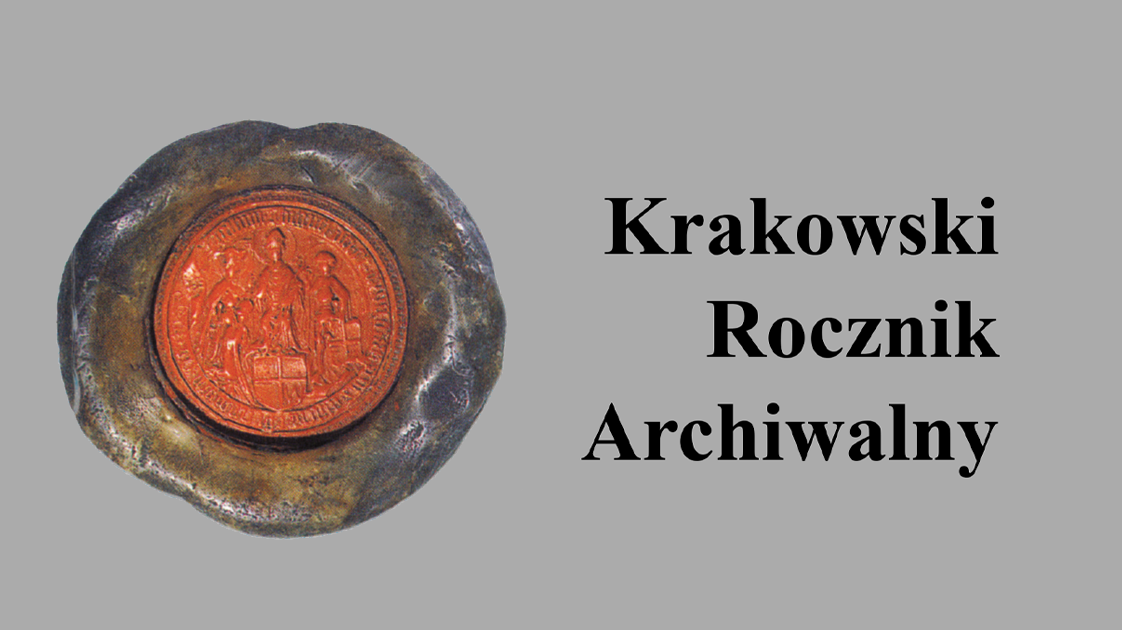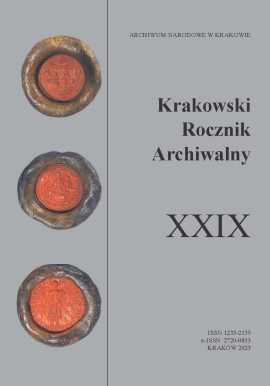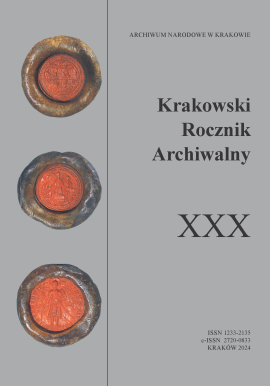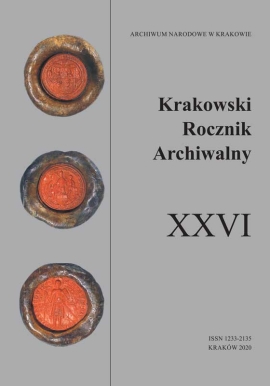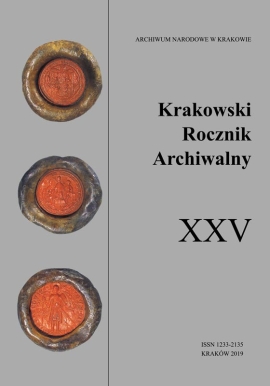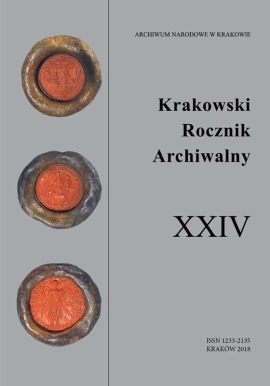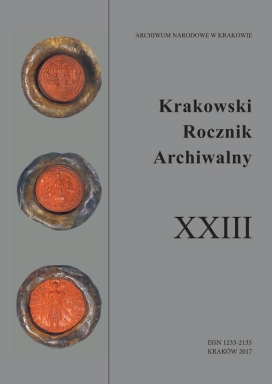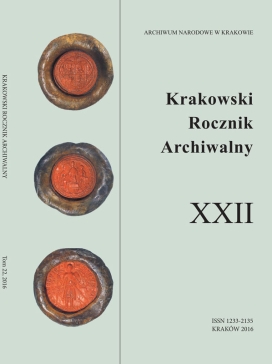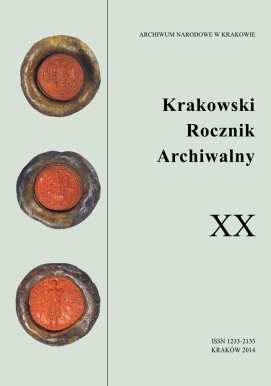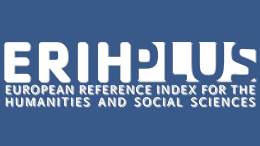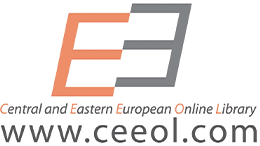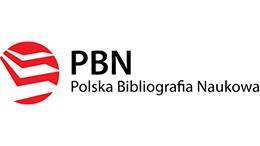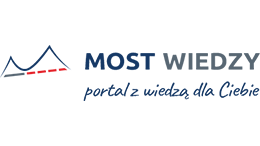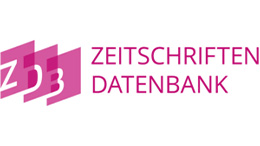The Commission for Order for the Krakow region was established as a result of the Kościuszko Uprising on 25 March 1794. It ended its activity together with the entrance to Krakow of the Prussian army in June of the same year.
As opposed to its predecessor from the period of the Great Sejm – the Civil-Military Commissions of the counties of Krakow and Proszowice as well as Ksiąz and Lelow, during the Uprising, one administrative institution for the whole region was established. Its members, from the aristocracy, clergymen and the middle-class, were chosen by Tadeusz Kościuszko. The next reorganisation of the town hall specialised the work of order commissioners, assigning their activities to respective departments: Order, Public Safety, Treasury, Justice, Military Needs, Nutrition and Instruction.
The tasks of the Krakow Commission included: supervision of the state of roads, postage, courier services, transport, the distribution of orders from the Uprising powers to civilians, issuing passports, investigating, questioning, arresting and taking those accused of crimes to court, custodial matters, supervision of the criminal courts, carrying out their sentences, collecting and storing donations for the Uprising from civilians, supervision of traitors in isolation, control of the treasury, supervision of land usage, maintaining a record of food supplies, administration of grain stores and responsibility for supplying forage for the needs of the military and civilians, administration of the food industry, issuing welfare for the needy, and supervision of domestic and external trade.

